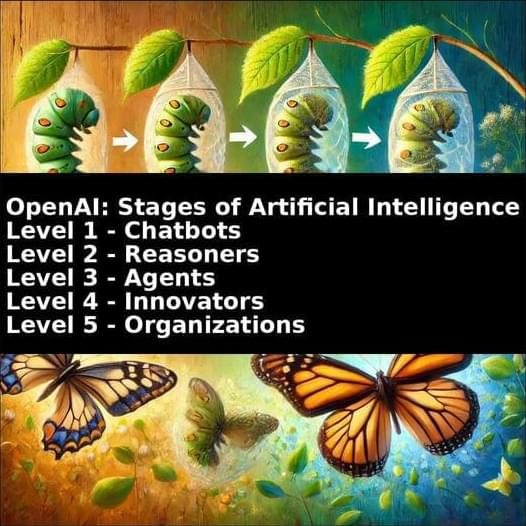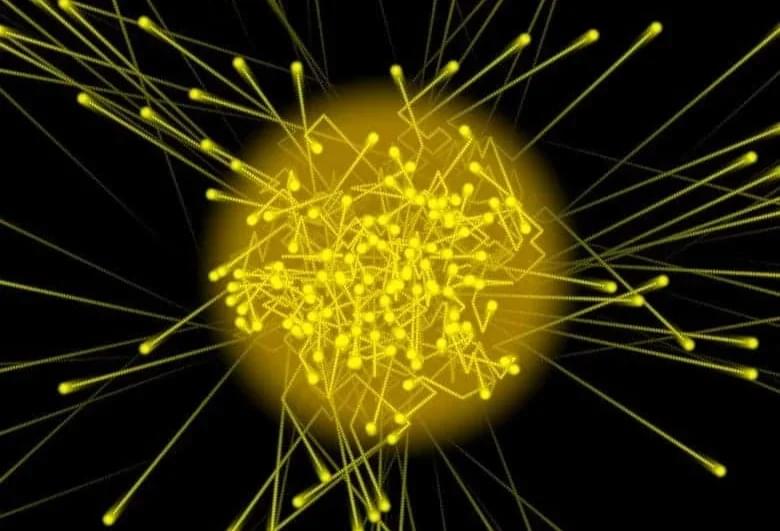In the movie “Jurassic Park,” scientists extracted DNA that had been preserved in amber for millions of years, and used it to create a population of long-extinct dinosaurs.
Researchers at The Jackson Laboratory (JAX), the Broad Institute of MIT and Harvard, and Yale University, have used artificial intelligence to design thousands of new DNA switches that can precisely control the expression of a gene in different cell types. Their new approach opens the possibility of controlling when and where genes are expressed in the body, for the benefit of human health and medical research, in ways never before possible.
“What is special about these synthetically designed elements is that they show remarkable specificity to the target cell type they were designed for,” said Ryan Tewhey, PhD, an associate professor at The Jackson Laboratory and co-senior author of the work. “This creates the opportunity for us to turn the expression of a gene up or down in just one tissue without affecting the rest of the body.”
In recent years, genetic editing technologies and other gene therapy approaches have given scientists the ability to alter the genes inside living cells. However, affecting genes only in selected cell types or tissues, rather than across an entire organism, has been difficult. That is in part because of the ongoing challenge of understanding the DNA switches, called cis-regulatory elements (CREs), that control the expression and repression of genes.
Molecular nanotechnology may have the power to completely revolutionize human living.
Drone in D by Kevin MacLeod is licensed under a Creative Commons Attribution license (https://creativecommons.org/licenses/by/4.0/)
Source: http://incompetech.com/music/royalty-free/index.html?isrc=USUAN1200044
Artist: http://incompetech.com/
In conclusion, don’t accept what the AI tells you as absolute truth. Don’t make critical decisions based on its answers. And remember that you sometimes have to negotiate with the AI before it’s willing to give you helpful answers.
This test is yet another case where I’ve been able to turn to the AI and find an answer for a very me-specific question without coding in minutes.
If you have a question that requires a lot of text or numerical analysis, consider running it by ChatGPT or one of the other AIs. You might get a useful answer in minutes.
The US has approved Ioneer’s Rhyolite Ridge Lithium-Boron Project, which will produce batteries for over 370,000 EVs annually for 26 years.
NASA’s Stennis Space Center near Bay St. Louis, Mississippi, achieved a key milestone this week for testing a new SLS (Space Launch System) rocket stage to fly on future Artemis missions to the Moon and beyond.
Over a two-week period beginning Oct. 10, crews completed a safe lift and installation of the interstage simulator component needed for future testing of NASA’s exploration upper stage (EUS) in the B-2 position of the Thad Cochran Test Stand. The component will function like the SLS interstage section that helps protect the upper stage during Artemis launches.
“NASA Stennis is at the front end of the critical path for future space exploration,” said Barry Robinson, project manager for exploration upper stage Green Run testing on the Thad Cochran Test Stand. “Installing the interstage simulator is a significant step in our preparation to ensure the new, more powerful upper stage is ready to safely fly on future Artemis missions.”
We are fast moving to level 3 of Artificial Intelligence — AI Agents. Does AI include sufficient reasoning for AI agents?
This finding, achieved independently by a team at Pennsylvania State University published in the same journal, holds immense potential for the development of nanophotonic devices.
Manipulating the flow of light in materials at small scales is crucial for creating efficient nanophotonic chips, the building blocks for future optical devices. In the realm of electronics, scientists can control the movement of electrons using magnetic fields.
The Lorentz force, exerted by the magnetic field, dictates the electron’s trajectory. However, this approach is inapplicable to photons – the fundamental particles of light – as they lack an electrical charge.
Scientists have identified a natural compound that halts the process involved in the progression of certain forms of cancer and demyelinating conditions—those that damage the sheath, known as myelin, that surrounds neurons—such as multiple sclerosis.
Imagine owning a camera so powerful it can take freeze-frame photographs of a moving electron – an object traveling so fast it could circle the Earth many times in a second. Researchers at the University of Arizona have developed the world’s fastest electron microscope that can do just that.
They believe their work will lead to groundbreaking advancements in physics, chemistry, bioengineering, materials sciences and more.
“When you get the latest version of a smartphone, it comes with a better camera,” said Mohammed Hassan, associate professor of physics and optical sciences. “This transmission electron microscope is like a very powerful camera in the latest version of smartphones; it allows us to take pictures of things we were not able to see before – like electrons. With this microscope, we hope the scientific community can understand the quantum physics behind how an electron behaves and how an electron moves.”








